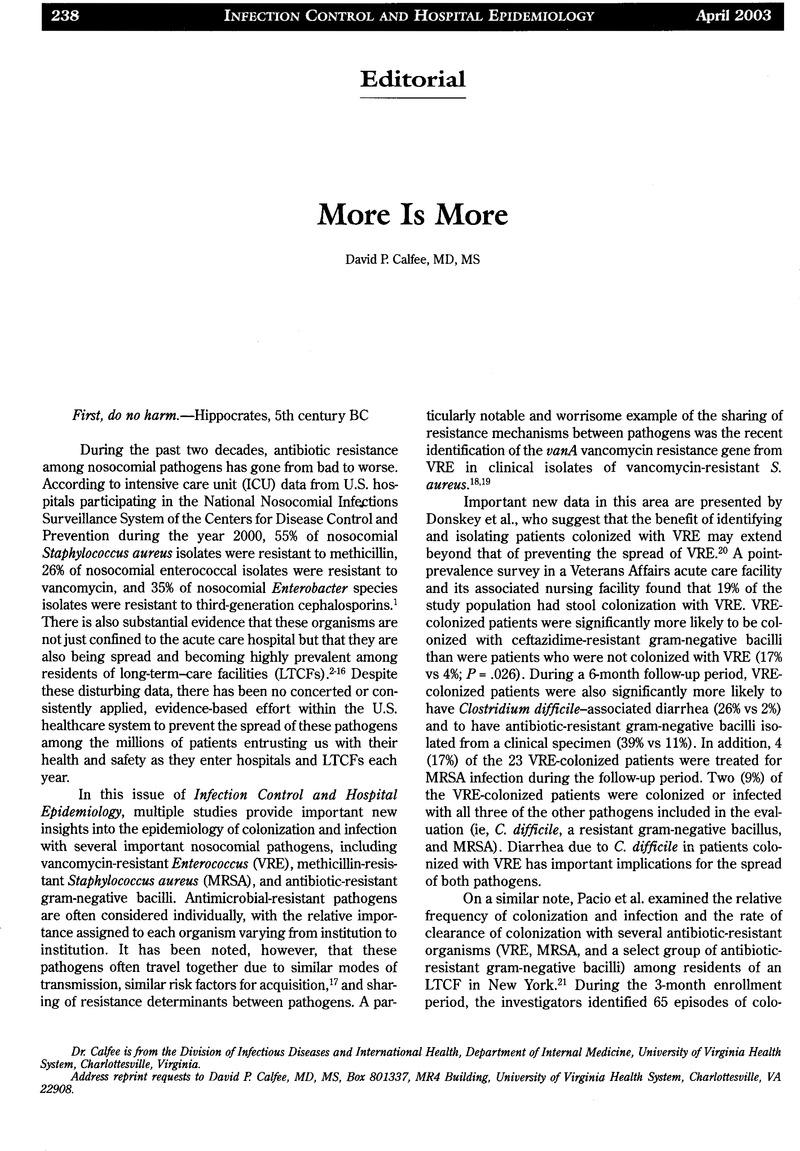Crossref Citations
This article has been cited by the following publications. This list is generated based on data provided by Crossref.
Farr, Barry M.
2004.
Editorial Commentary: For Nosocomial Vancomycin‐Resistant Enterococcal Infections: The Ounce of Prevention or the Pound of Cure?.
Clinical Infectious Diseases,
Vol. 38,
Issue. 8,
p.
1116.
Linden, Peter K.
2007.
Antimicrobial Resistance: Problem Pathogens and Clinical Countermeasures.
p.
89.





